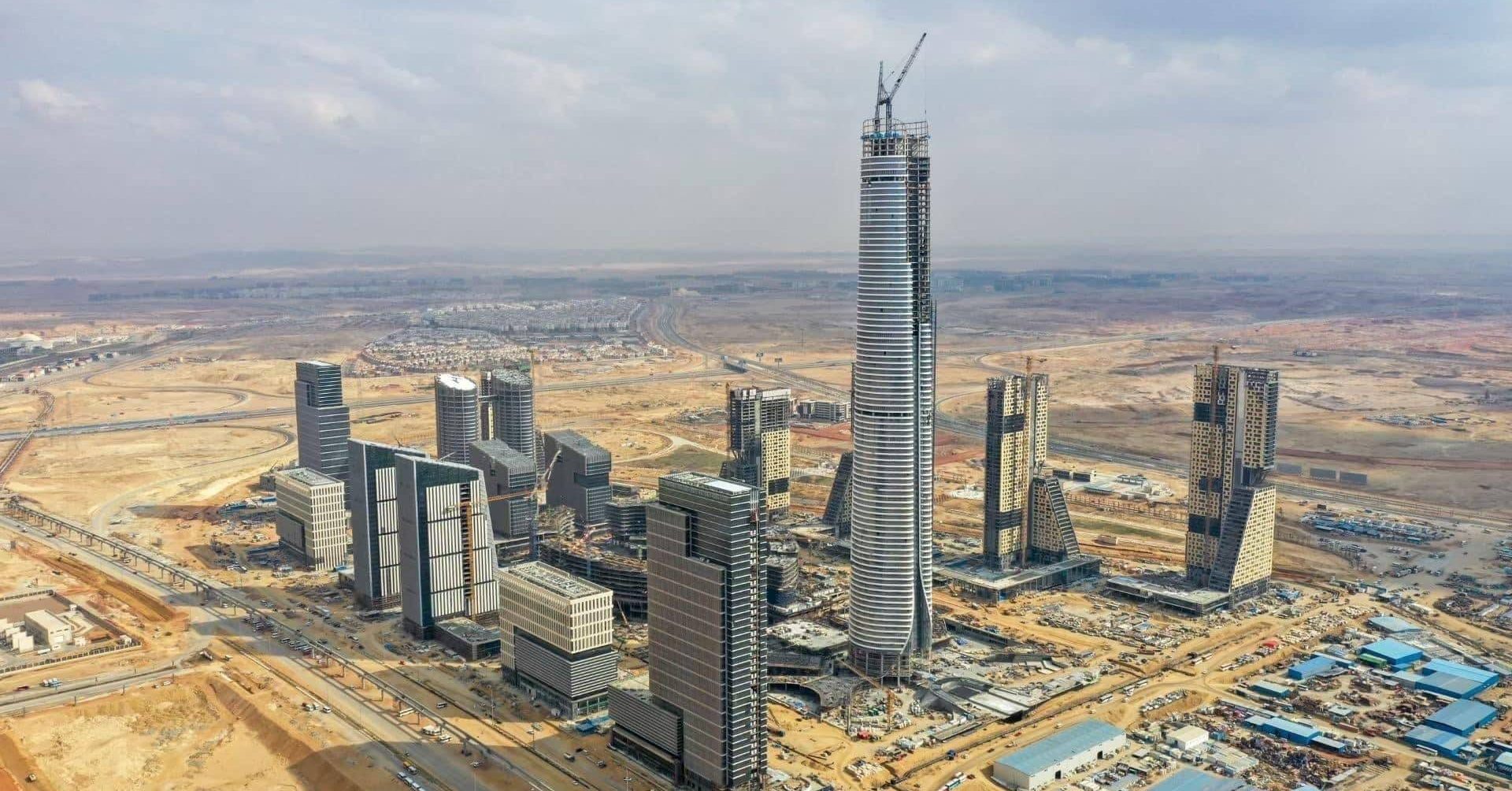Rising from the sands of Egypt’s New Administrative Capital, the Oblisco Capitale tower, a proposed 1,000-meter skyscraper, is poised to become one of the world’s tallest and most ambitious construction projects. Unveiled in 2018 as part of Egypt’s Vision 2030 plan, the tower represents a symbol of national ambition and regional rivalry. It is intended to surpass Dubai’s Burj Khalifa, which stands at 829.8 meters, and rival Saudi Arabia’s Jeddah Tower, which is currently under construction with a planned height of 1,000 meters. The tower is situated east of Cairo within Egypt’s New Administrative Capital, the vast, purpose-built city aimed at alleviating congestion in the historic capital and consolidating governmental operations. At the heart of the development is the central business district, comprising a network of 20 multi-use towers that collectively serve as the nation’s new administrative center. The design of the Oblisco Capitale, led by IDIA Design and developed by El Nasr Housing and Development, draws heavily from ancient Egyptian symbolism. Modeled on the proportions of an obelisk, the tower incorporates lotus flower motifs, a nod to one of Egypt’s most enduring cultural icons. A canal inspired by the…
Years After Its Announcement, Egypt’s Oblisco Capitale Remains a Concept
July 5, 2025
By Nadine Tag
Journalist




